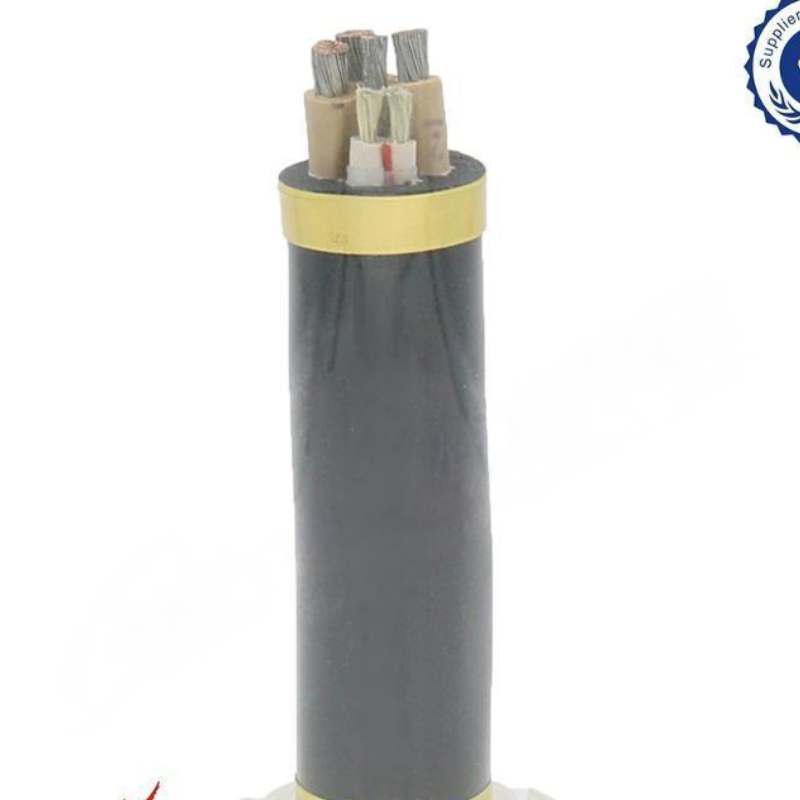10 月 . 08, 2024 01:52 Back to list
floating ball check valve
The Floating Ball Check Valve A Key Component in Fluid Systems
In the world of fluid mechanics and engineering, the floating ball check valve serves as a vital component in maintaining the efficiency and safety of various systems. Its design and functionality make it an essential tool in preventing backflow, ensuring that fluids flow in one direction only, a feature crucial for many industrial, commercial, and residential applications.
Design and Operation
The floating ball check valve operates on a simple yet effective principle. At its core, the valve consists of a spherical ball that floats within a valve body. This ball is positioned between two seats, usually made of durable materials such as rubber or plastic. When fluid flows in the intended direction, the ball is pushed away from its seat, allowing the fluid to pass through with minimal resistance. However, if there is any attempt at backflow, the ball is forced against the seat, effectively sealing the valve and preventing the reverse flow of fluid.
This design not only aids in the prevention of backflow but also minimizes the risk of contamination in systems where clean fluid is essential. This feature is particularly important in applications such as water supply, wastewater treatment, and chemical processing, where maintaining fluid integrity is paramount.
Applications
Floating ball check valves are widely used in various industries due to their versatility and reliability. For example, in water distribution systems, these valves are employed to ensure that water flows efficiently through pipelines without the risk of contamination from backflows. In HVAC (heating, ventilation, and air conditioning) systems, floating ball check valves help maintain optimal pressure levels and prevent water hammer, thus enhancing the overall efficiency of the system.
floating ball check valve

Moreover, in the oil and gas industry, these valves play a critical role in ensuring safe operations by preventing backflow in pipelines and preventing spills. Their robust construction and resistance to corrosive environments make them ideal for such applications.
Advantages
One of the primary advantages of floating ball check valves is their simple design, which results in easy installation and maintenance. Unlike more complex types of check valves, the floating ball design does not require any energy source for operation; it relies solely on the flow of fluid to function. This passive operation means lower chances of mechanical failure, making floating ball check valves a reliable choice for many applications.
Additionally, their ability to handle a wide range of fluid viscosities and temperatures makes them adaptable. They can be employed in both high-pressure and low-pressure systems, providing flexibility in fluid management.
Conclusion
In summary, the floating ball check valve is an indispensable component in many fluid systems due to its effective backflow prevention capabilities, simple design, and versatility across various industries. As the demand for efficient and reliable fluid management continues to grow, the significance of these valves will only increase, ensuring safe and effective operation in countless applications. Whether in industrial settings or everyday plumbing, the floating ball check valve stands out as a fundamental tool in modern engineering.
Share
-
Understanding the Differences Between Wafer Type Butterfly Valve and Lugged Butterfly ValveNewsOct.25,2024
-
The Efficiency of Wafer Type Butterfly Valve and Lugged Butterfly ValveNewsOct.25,2024
-
The Ultimate Guide to Industrial Swing Check Valve: Performance, Installation, and MaintenanceNewsOct.25,2024
-
Superior Performance with Industrial Swing Check Valve: The Essential Valve for Any SystemNewsOct.25,2024
-
Industrial Swing Check Valve: The Ideal Solution for Flow ControlNewsOct.25,2024
-
You Need to Know About Industrial Swing Check Valve: Functionality, Scope, and PerformanceNewsOct.25,2024